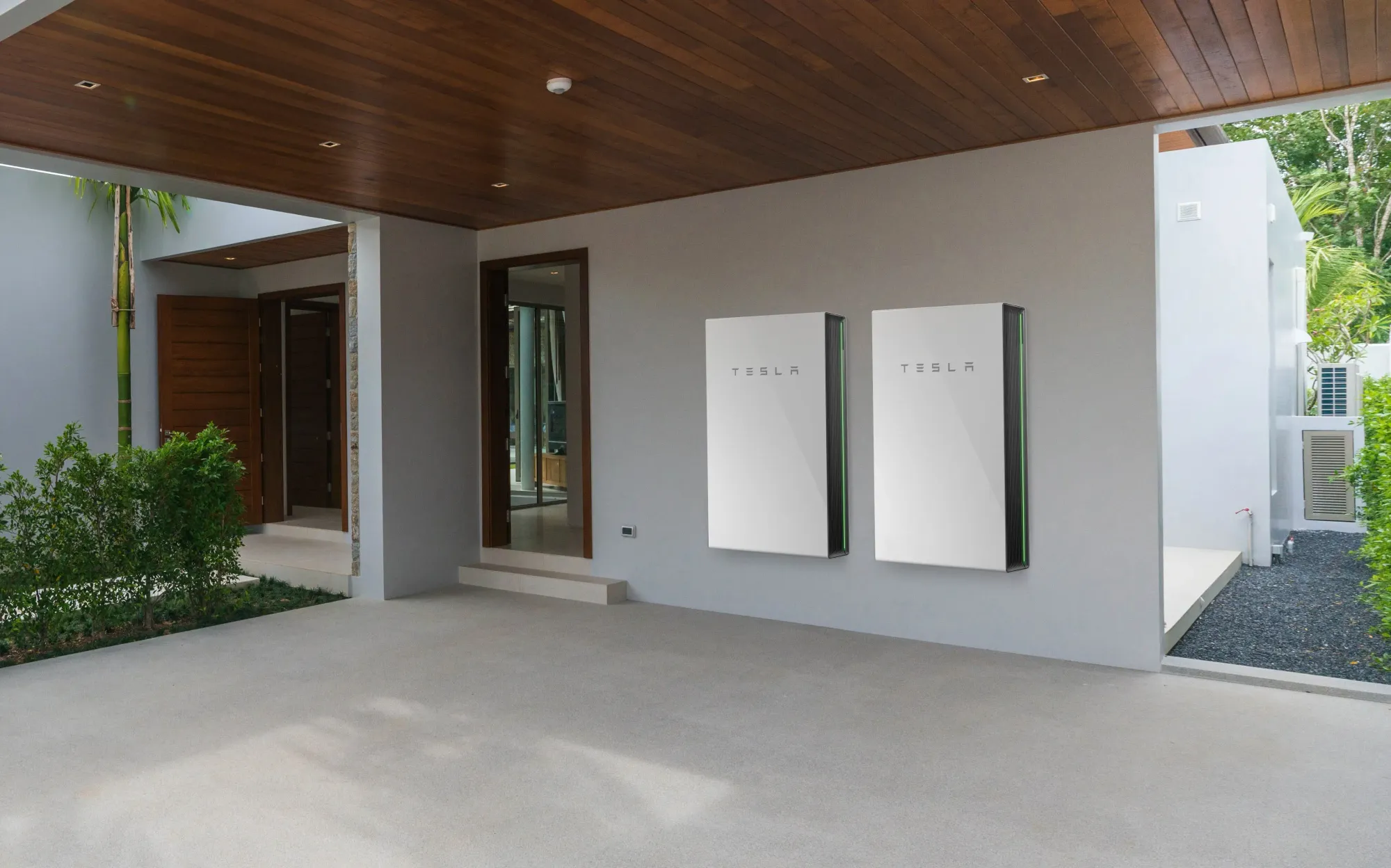Tesla’s Powerwall is a leading contender in the world of home energy storage solutions. Known for its innovative approach and sleek design, the Powerwall offers tech-savvy consumers a glimpse into the future of sustainable energy storage. This comparison aims to provide insights into the various aspects of the Powerwall, from pricing to performance, to help potential buyers make informed decisions.
Pricing and Value: Tesla Powerwall
Understanding pricing and value is crucial when selecting a product that involves significant investment like Tesla Powerwall.
-
💰 Base Pricing: The Tesla Powerwall starts at approximately $11,500, which includes the Powerwall battery itself, supporting hardware, and installation services.
-
📈 Long-Term Value: Over time, the Powerwall offers significant savings on electricity bills, especially in regions with high energy costs, achieving potential ROI within 5 to 10 years depending on energy usage and local rates.
Design and Features: Tesla Powerwall
Design and features are essential as they affect both the usability and aesthetic appeal of a product.
-
🎨 Aesthetic Design: The Powerwall boasts a sleek, minimalist design that fits seamlessly into most home environments, emphasizing a modern, clean look.
-
⚙️ Key Features: Notable features include a built-in inverter, real-time monitoring via the Tesla app, and the ability to integrate with solar panels for enhanced energy independence.
-
🛠️ Build Quality: Constructed with robust materials, the Powerwall is designed to withstand both indoor and outdoor conditions, offering reliable durability over years of use.
Performance and Efficiency: Tesla Powerwall
Performance and efficiency are critical factors for maximizing energy storage and usage.
-
⚡ Energy Efficiency: The Powerwall achieves an impressive 90% round-trip efficiency, ensuring that a significant portion of stored electricity is available for use.
-
🌍 Environmental Impact: By storing clean solar energy and reducing reliance on grid power, the Powerwall significantly lowers household carbon footprints.
-
🔋 Capacity and Output: Each Powerwall unit offers 13.5 kWh of energy storage capacity, with a maximum continuous output of 5 kW, suitable for most residential needs.
Technology and Integration: Tesla Powerwall
Technology and integration are pivotal for those seeking a seamless, smart home energy experience.
-
📱 Smart Features: The Powerwall integrates with Tesla’s intuitive app, providing real-time monitoring, control over power usage, and energy consumption insights.
-
🔗 System Compatibility: It easily integrates with other Tesla products, such as solar panels and electric vehicles, and can work with third-party solar systems.
-
🤖 Automation: Automation features include time-based control settings, which help optimize energy usage and savings by automatically adjusting based on peak energy pricing.
Installation and Maintenance: Tesla Powerwall
Installation and maintenance are important considerations to ensure long-term satisfaction with the product.
-
🛠️ Installation Process: Professional installation is required, typically taking a day or less, depending on the complexity and number of units being installed.
-
🧰 Maintenance Needs: The Powerwall requires minimal maintenance, with periodic software updates and occasional checks to ensure optimal performance.
-
📜 Warranty Coverage: Tesla offers a 10-year warranty on the Powerwall, covering parts and performance, providing peace of mind for buyers.
Conclusion: Tesla Powerwall
Tesla Powerwall stands out as a leading choice for home energy storage, with several strengths and considerations:
-
✅ Strengths of Each Product: The Powerwall offers high energy efficiency, robust integration with Tesla’s ecosystem, and a sleek design that suits modern homes.
-
❌ Considerations: The initial investment cost can be high, and professional installation is necessary, which may add to the overall expense.




